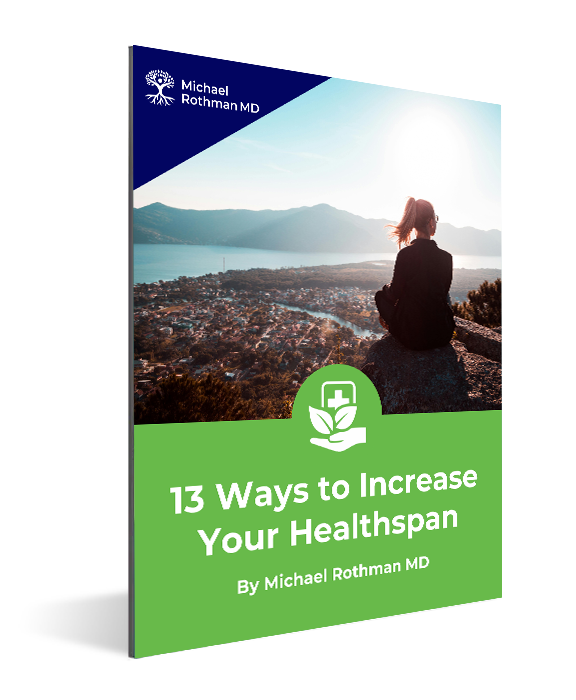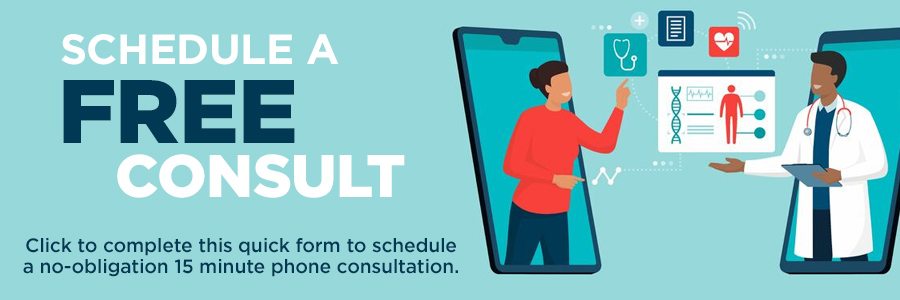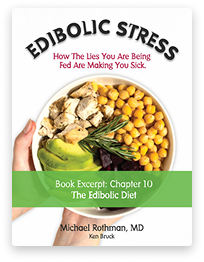Chronic pain is the most consistently accepted indication for medical marijuana. Every state in the US that has a medical marijuana program approves cannabis for chronic pain relief. Moreover, chronic pain is the most commonly cited reason for medical use of cannabis.
The first recorded use of cannabis for pain dates back to ancient China 2900 B.C. and has been used in many cultures all over the world including India, China, and Europe. Cannabis began being used for pain in the United States at the turn of the 19th century.
What are the Different Forms of Pain?
There are many different types of pain as a consequence of various overlapping pathologies. Therefore, some of the distinctions made between the various types of pain are a bit artificial.
- Nociceptive Pain – caused by damage to tissue exacerbated by an inflammatory immune system, healing response to tissue damage. A bruise for example.
- Neuropathic Pain – caused by damage or irritation to nerves. Diabetic neuropathy is an example
- Muscle Spastic Pain – a form of nociceptive secondary to hyperexcitable muscle tissue. A Charlie horse is an example.
- Visceral Pain – meaning related to your viscera (internal organs) can be of nociceptive, neuropathic or muscle spastic origin. Crampy abdominal pain is an example.
- Cutaneous Pain – pain on your skin or other body surfaces – a form of nociceptive and neuropathic pain. Shingles is an example of a cutaneous pain as well as post-herpetic neuralgia
- Central Sensitization of Pain – all pains can be amplified by your brain. Pain is a subjective experience, involving a complex interplay of your immune system, neurological system and endocrine system. (INE). Your immune, neurological and endocrine (INE) systems are all controlled by your brain and therefore, your very thoughts and subjective experience can change your perception of pain level
The Endocannabinoid System
Your brain and nervous system contains many receptors for what are known as cannabinoids, chemicals that have cannabis like effects. These receptors are part of what is known as the “endogenous cannabinoid system” (ECS). Your ECS is responsible for facilitating many functions in your body including eating, sleeping, relaxing, helping to eliminate painful memories, regulating pain, inflammation and immune system response, sleep-wake cycles, hormone balance, and much more.
There are two major types of cannabinoid receptors, CB1 and CB2:
- CB1 receptors are very abundant and are located throughout your nervous system. The CB1 receptors help modulate your mood, behavior, energy usage, heart function and sexual function, cognitive abilities, memory, perception, pain levels and muscle functioning.
- CB2 receptors are located mostly in your immune system and help regulate your immune response and inflammation. The binding of cannabinoids to their receptors stimulates your endogenous cannabinoid system (ECS) to do its job regulating many functions of your nervous system, immune system and hormonal system. CB1 activation, for example, reduces the effects of calcium and enhances the effects of potassium which then helps control the release of various “brain chemicals” like serotonin, gamma-aminobutyric acid (GABA), adrenaline, dopamine and many more.
- CB2 activation helps control your immune system and can reduce inflammation through numerous pathways that involve immune cells like neutrophils and macrophages and by reducing the production of proinflammatory chemicals known as cytokines.
Endocannabinoids
Endocannabinoids (or endogenous cannabinoids) are molecules found in the human body (and most animals as well) that affect your ECS (endocannabinoid system). There are numerous endocannabinoids including:
- Anandamide –is chemically much different from THC but has been shown to bind to CB1 and CB2 receptors and shares many of the pharmacologic properties of THC.
- 2-arachidonoyl-glycerol –has more affinity for CB2 than CB1
- Palmitoyl-ethanolamide – more CB2 specific, capable of reducing inflammation and allergic responses
- Docosatetraenylethanolamide (DTEA) and Homo-gamma-linoenylethanolamide (HLEA) are similar to anandamide and affect mostly CB1 receptors
- Oleomide (also known as cis-9-octdecenoamide) –has actions similar to anandamide, but is thought to exert its effects independent of CB1 and CB2 receptors
Exogenous cannabinoids are substances that interact with your endocannabinoid receptors, but they originate outside your body. The cannabinoids found in marijuana, such as tetrahydrocannabinol (THC) and cannabidiol (CBD) have physiologic effects because of their effect on your cannabinoid receptors.

Start your journey to true well-being:
How does Medical Marijuana Help Chronic Pain?
Injured tissues in your body produce endocannabinoids anandamide and2-arachinonoyl-glycerol (2-AG).
Moreover, your endocannabinoid system (ECS) helps control nociceptive pain, visceral pain, muscular pain, cutaneous pain and centrally mediated pain. The ECS relationship to pain is a complex area of research and more information is rapidly being disseminated. There is apparently a “dose-response window” of efficacy for cannabis when applied to pain as various studies have shown that moderate dosages of cannabinoids, such as THC and CBD, can actually reduce pain. However, excess dosage can actually increase pain.
Recently National Academies report “conclusive or substantial evidence” that cannabinoids can benefit chronic pain. Clinical experience reveals significant improvement of pain symptoms with administration of medical cannabis. Perhaps the greatest benefit of cannabinoids on pain is its ability to allow patients to significantly reduce their dosage of opioid drugs when used together, thus lessening the harrowing effects of opioid use. In fact, states that have legalized medical marijuana have lower rates of opioid overdoses, lower rates of prescription pain medications and lower traffic fatalities related to opioid use.
Have You Read The Medical Marijuana Series by Dr. Michael Rothman?
In the corresponding blogs of this series, we discuss the role of cannabis, cannabinoids, and the endocannabinoid system in the treatment of chronic pain, anxiety disorders, cancer, multiple sclerosis, and Crohn’s Disease.
- Introduction of Cannabis and its History of Use in Medicine
- The Role of Cannabis, Cannabinoids and the Endocannabinoid System in the Treatment of Chronic Pain
- The Role of Cannabis, Cannabinoids and the Endocannabinoid System in Disorders of your Immune System – such as Cancer and Autoimmune Diseases
- The Role of Cannabis, Cannabinoids and the Endocannabinoid System in Anxiety Disorders
- Pharmaceutically derived Cannabis Extracts Now FDA Approved – Good News or Bad News for Medical Marijuana Patients?
- Pharmaceutical Agents that Affect the Endocannabinoid System, Better than Natural Cannabis?
A full list of references can be found here.
If you’d like to learn more about the benefits of medical marijuana or if you’d like to enroll in the New Jersey Medical Marijuana Program, schedule a consultation by calling (732) 268-7663 or request an appointment online.












